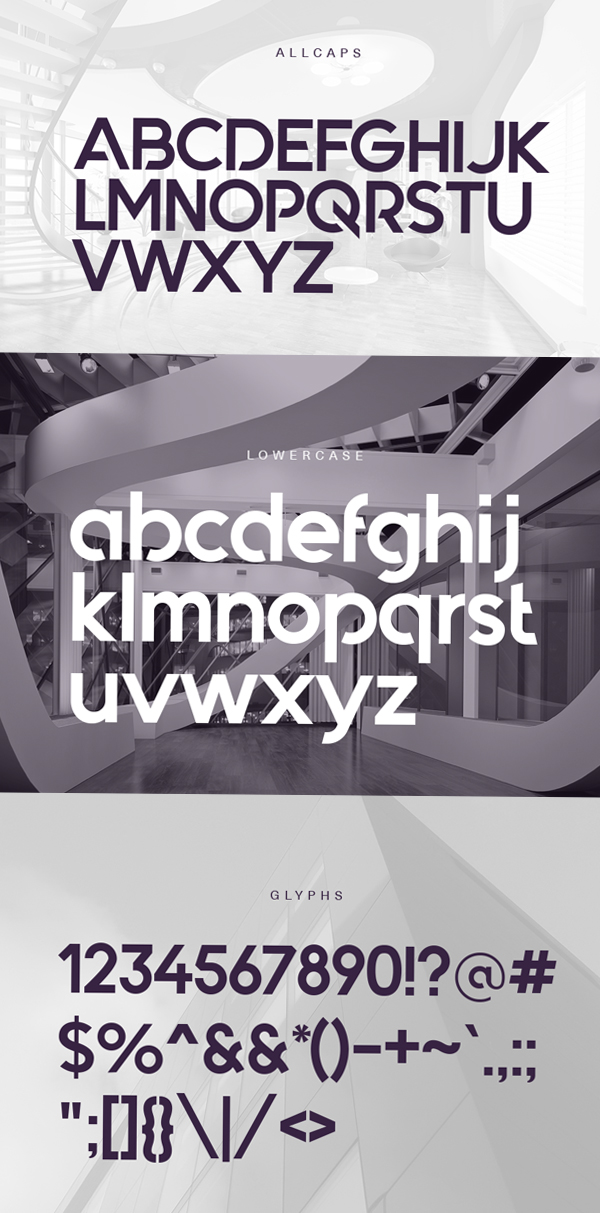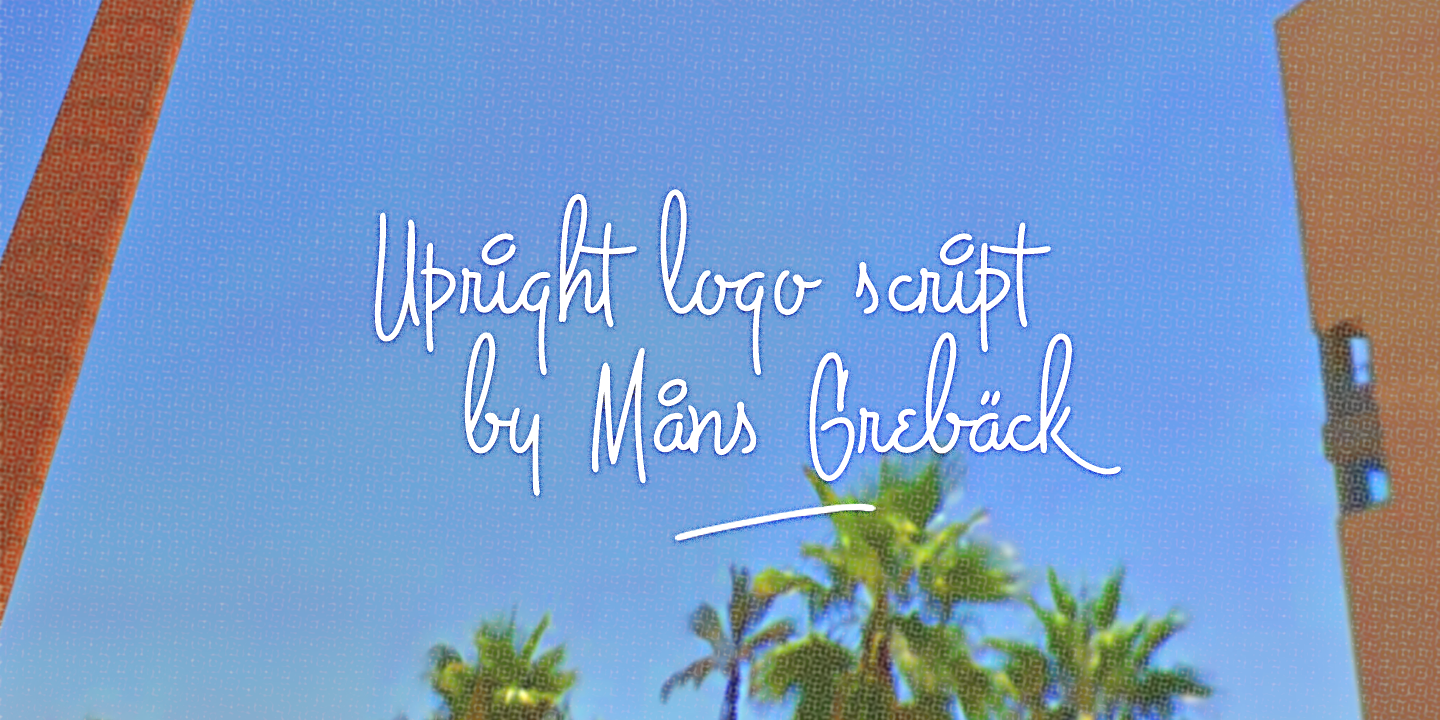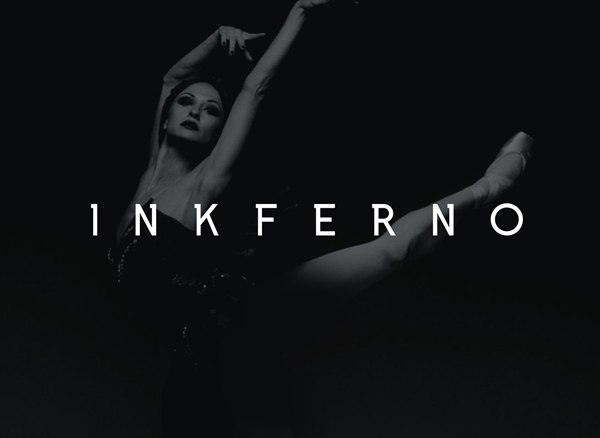
One of the key designers who also played an important role with his color experiments was Victor Moscoso, who used the concept of vibrating colors on his typographic posters, created by taking colors from the opposite end of the color wheel, with equal value and intensity. Typography was used as a way of spreading ideas about the ongoing social changes, protests and ways of adopting a new lifestyle. It was the psychedelic font which made the letters become more dynamic and look like they are melting away from the prints. One of the most important designers of psychedelic posters was Wes Wilson, who heavily influenced typography by inventing a new font around 1966, which became synonymous with the era. Typography as a Messenger of Peace in the 1960s DesignĪs the 1960s were times of radical social changes, with the beginning of the peace movement and the psychedelic era, with it came new fonts and designs which were created to support the innovative ideas flourishing at those times. Be sure to check out works by Andy Warhol on our marketplace!

When the image is viewed from distance, the letters merge together and create a photographic quality of the work. Known as one of the most important pioneers of contemporary Typographic art influenced by Pop art, British artist Mike Edwards created and creates Word Paintings or Text Portraits in which each letter becomes rendered in a separate color.

Roy Lichtenstein, on the other hand, integrated a simple, comic book text font as a part of his famous large-scale paintings. Artists like Andy Warhol completely replicated both the forms of consumerist products, as well as the fonts used for their commercials. Pop Art emphasized the kitschy elements of popular culture and created art as a protest against the elitist culture and seriousness which surrounded it. This also meant that both the producers of goods and artists can have more access to the production of typography. The most important move which made a revolution in typography during the early 1950s was when Varityper and Photon each introduced a reasonably priced, standalone typesetting system. With the rise of technological capabilities, the capitalist society prospered from additional ways of creating new items and commercials, but also allowed artists to refer to and play with these new creations. This reflected a move towards a more universal and modern communication style. His most important work was Die Neue Typographie – The New Typography, published in 1928, as a masterpiece of the modern typography and graphic design. This book standardized typographic practices with a set of rules. After seeing a Bauhaus exhibition in 1924, he adopted the composition, structure and geometry of the Bauhaus, leaving behind his passion for black letters and scripts and adopting new rules. The aesthetics of the Bauhaus has influenced many important artists, among them Jan Tschichold, the man who created visual experiences on a subconscious level for all the book lovers, who could now see art in books even while only observing letters. He used and adopted the principles of reductive Minimalism to develop his famous Sans-serif type titled Universal, and it was one of the keys to defining the entire Bauhaus aesthetic. One of the last Bauhaus students, Herbert Bayer has definitely left a huge mark on not just typography, but also other forms of visual arts and architecture. But how has writing evolved since then, how did typography become more than just a decorative element and turned into not just an important form of art, but also a language itself in our contemporary society? Įarly Modernist Typography – The Bauhaus Fonts After this moment everything changed, books could be published and distributed on a large-scale, meaning that education could become more spread, the news could be created and read, as well as advertisements using the initial serif and sans serif typefaces. Going over The Middle Ages which popularized illustrated manuscripts and calligraphy, focusing on the hand-written texts, we come to the most important point in the history of modern typography as we know it today – the invention of the moveable printing press in the 15th century, by Johannes Gutenberg.

The Romans have also styled the Uppercase Alphabet, which we still use today.

From Egyptian hieroglyphics with symbols and ideograms to Ancient Greeks who used the alphabet created by Phoenicians, taken over by Romans afterwards. As each civilization advanced, so their need for communication became more complex. However, as the formal history says, writing has been developed by Sumerians around 3,500 B.C. As one of the first and fundamental forms of communication, writing and typography trace their roots even back to the Upper Paleolithic times when cave paintings used symbols as a form of language.


 0 kommentar(er)
0 kommentar(er)
